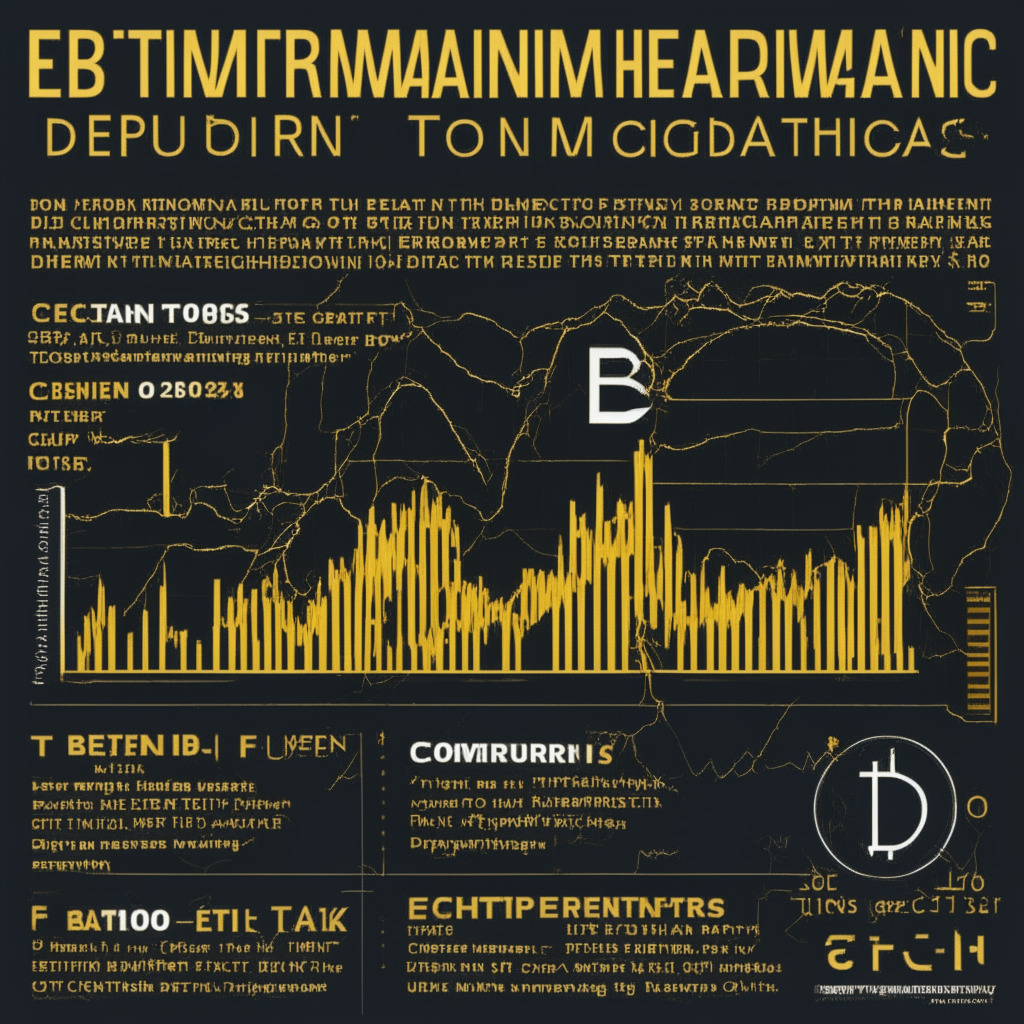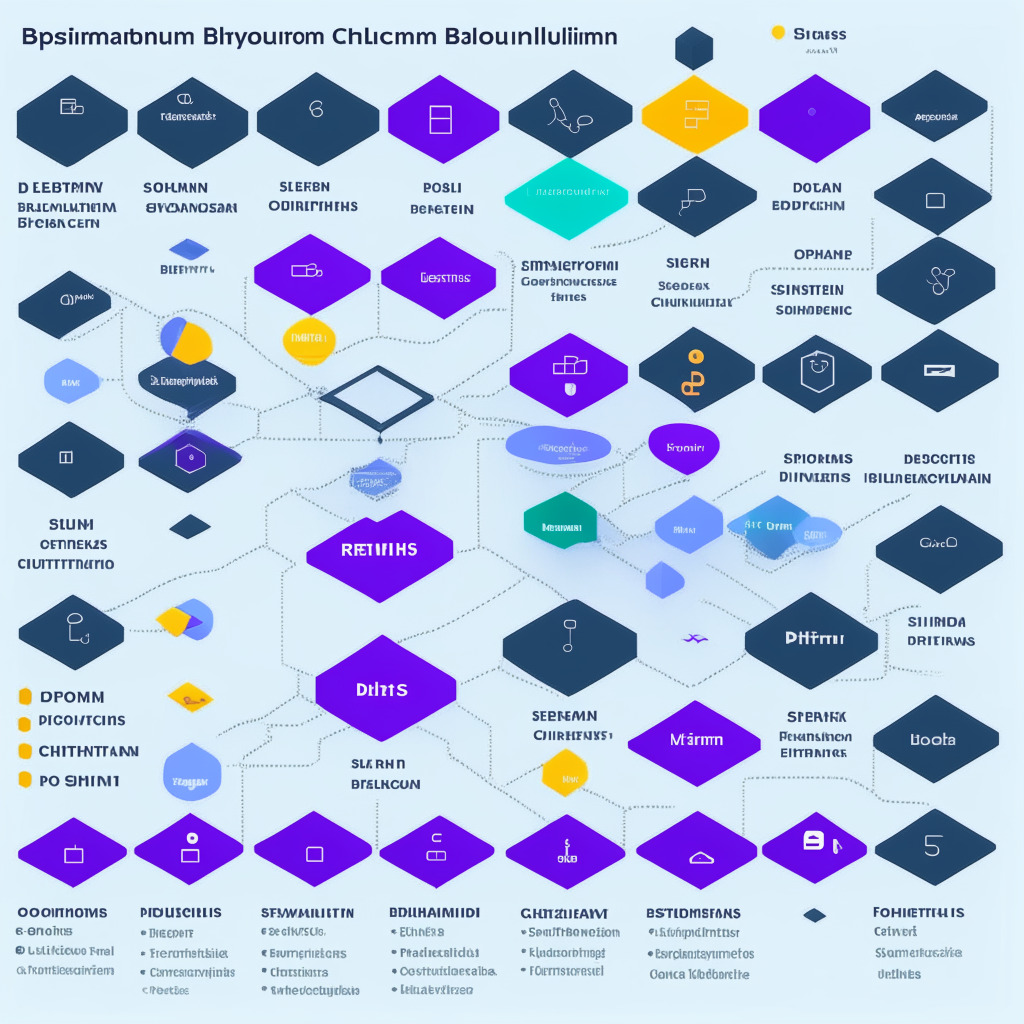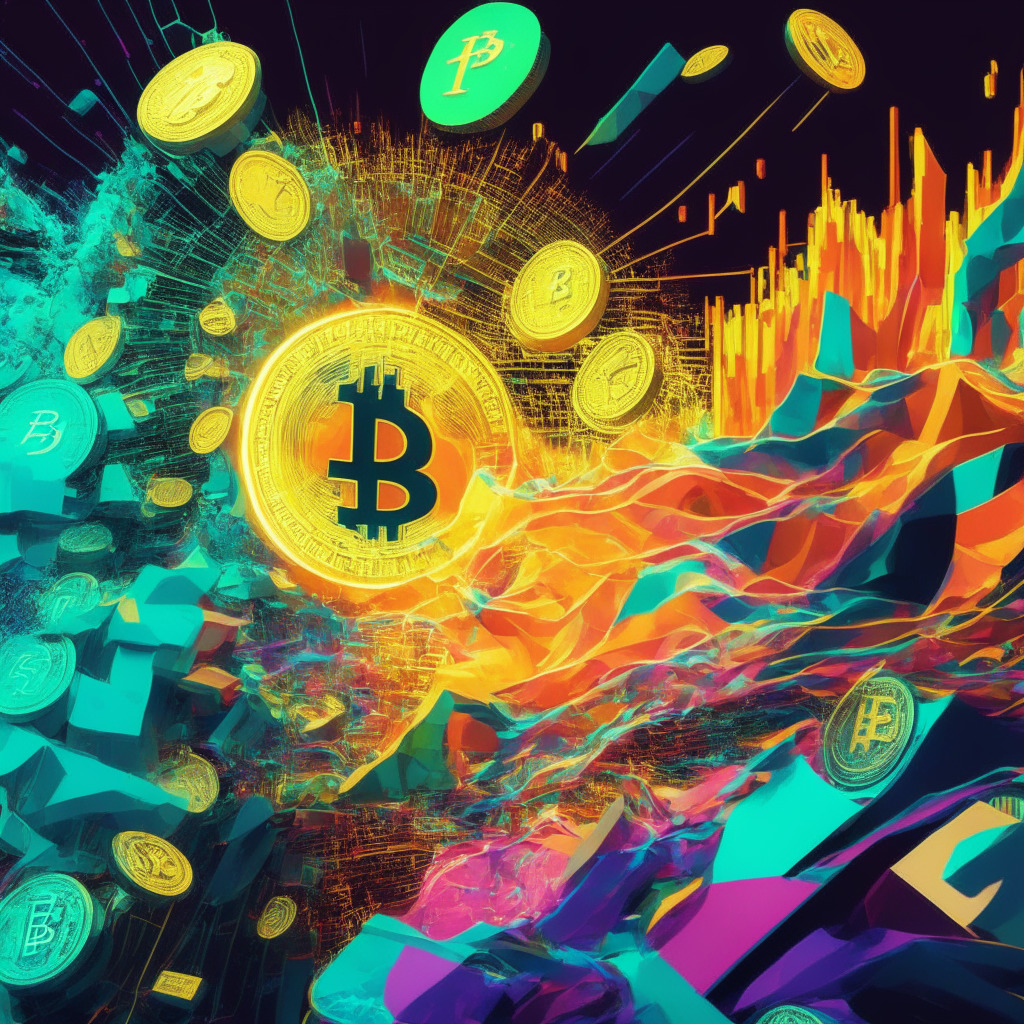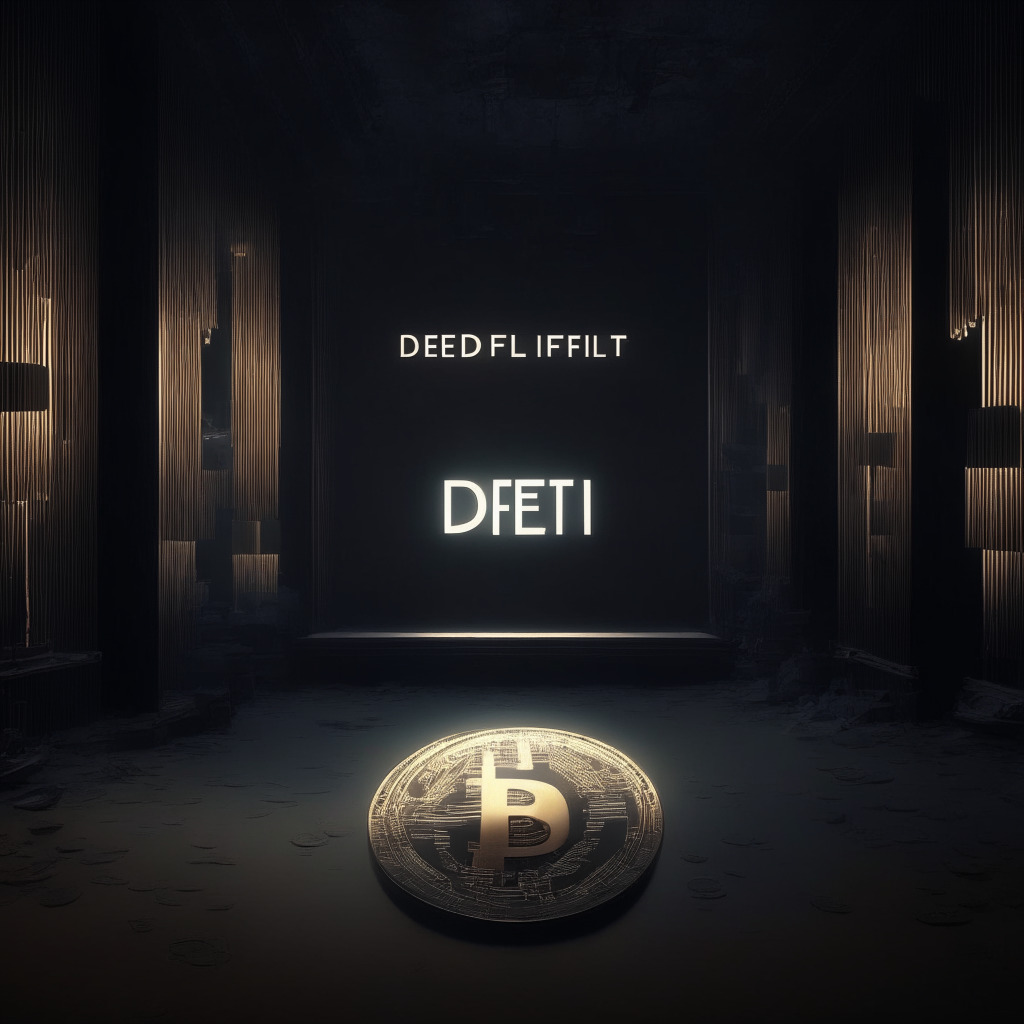Crypto market enthusiasts await the U.S. Federal Reserve FOMC meeting, anticipating interest rate decisions, while regulatory challenges persist. Amidst uncertainty, traders are opting for self-custody over leaving assets on exchanges, and the impact of these developments on the cryptocurrency market remains to be seen.
Search Results for: chainlink
Tokenized US Treasury Bills in Emerging Markets: Sustainable Yield or Risky Investment?
Cryptocurrency asset management platform Finblox brings tokenized US Treasurys to Southeast Asia’s emerging markets, offering a safer mechanism for generating sustainable yield. Partnering with OpenEden, the smart contract vault provides 24/7 access to tokenized Treasury bills, attracting international investors and fostering trust in the cryptocurrency space.
Balancing Blockchain Innovation and Regulation: Nurturing Growth or Inviting Disaster?
Emin Gün Sirer, CEA of Ava Labs, urges the U.S. to “nurture” and “support” responsible blockchain innovation to avoid “disastrous consequences.” Blockchain technology has the potential to transform digital services and the economy, but striking a balance between innovation and safety remains a challenge.
Simplifying Layer-2s: Connext’s Chain Abstraction vs Other Bridge Solutions
Interoperability protocol Connext introduces chain abstraction to enhance layer-2 experience, simplifying transactions across multiple decentralized applications on different chains. This trustless, fast technology plugs into native bridges to provide a seamless experience, countering fragmentation caused by the continuous launch of layer-2s and layer-3s.
Cryptocurrency Market Tug of War: Regulatory Uncertainty vs Increasing Adoption
The cryptocurrency market faces a tug of war between regulatory uncertainty and increasing adoption, with mixed results for key cryptocurrencies like Bitcoin and Ethereum. As enthusiasts, it’s crucial to monitor price fluctuations and consider factors such as potential regulatory crackdowns and industry adoption of blockchain technology.
Deutsche Telekom Dives into Blockchain as Polygon Validator: Boon or Bane?
Deutsche Telekom has entered the blockchain space as a validator on Ethereum scaling solution, Polygon, providing staking services and enhancing the potential of blockchain technology. This move reflects their growing interest in the industry, attracting large-scale investors and driving innovation in decentralized finance.
Cryptocurrency Market Fluctuations: Understanding the Factors Driving Gains and Slumps
The cryptocurrency market has experienced significant fluctuations, with varied returns across different digital assets. As the industry matures, understanding factors driving these changes is crucial for traders and investors. Adoption by financial institutions and regulatory developments play key roles in shaping market trends, making vigilance and staying updated essential for investment decisions.
Binance NFT Loans: Unlocking Potential or Opening Pandora’s Box for Crypto Borrowers?
Binance introduces a non-fungible token (NFT) loan feature allowing borrowers to use NFTs as collateral to borrow cryptocurrency without selling assets. This service initially supports profile NFT collections like BAYC, Azuki, MAYC, and Doodles, and utilizes a Peer-to-Pool approach for a secure experience.
Cryptocurrency Market Volatility: Gains, Losses, and the Debate Over External Influences
The cryptocurrency market recently experienced fluctuations, with some coins facing losses while others maintained a positive uptrend. Amidst this turbulence, debate surrounds market stability, the influence of public figures and organizations, and the safety and security of blockchain technology.
Hong Kong SFC Crypto Regulation Update: Impact on Top Digital Assets and Market Debates
Hong Kong’s Securities and Futures Commission (SFC) has concluded its consultation on crypto asset rules, potentially boosting the popularity and value of selected digital assets. However, debates remain over selection criteria, stablecoin exclusion, and limitations on EARN and lending services.
zkSync vs. Arbitrum: Layer 2 Battle Heats Up as Transaction Records Shatter
zkSync achieves one million transactions in 24 hours, ranking as the second top L2 network behind Ethereum. Increasing transaction speed and reducing fees, zkSync attracts interest from projects like 1inch, Chainlink, and Uniswap. Despite impressive milestones, users should consider the risks, including past mainnet malfunctions.
DeFi Turbulence: DOJ Pursues Hackers, Lawsuits, and Ethereum Un-Staking
The DOJ’s crypto czar, Eun Young Choi, highlights the prominence of chain bridges thefts and hacks involving DeFi, emphasizing North Korean state-sponsored hackers’ significant role in exploits. Meanwhile, Ethereum un-staking commenced on the Beacon Chain and Coinbase Cloud joined forces with Chainlink Oracle network to improve smart contract reliability.
Bakkt Delists 25 Tokens: Balancing Regulatory Risk and DeFi Innovation
Bakkt has removed support for 25 out of 36 tokens offered by its newly-acquired platform, Apex Crypto, to reduce exposure to risk amidst regulatory changes. This may protect investors but raises concerns about the impact of regulation on DeFi innovation.
Bakkt Delists 25 Crypto Tokens: Strategic Move or Market Overreaction?
Bakkt delisted 25 of 36 crypto tokens on its acquired trading platform Apex Crypto as part of its regular review process, focusing on clients’ best interests and compliance with regulatory guidance. Many dropped tokens were connected to DeFi and NFT ecosystems, leading to skepticism and questions about Bakkt’s decision.
Bakkt Delists DeFi Tokens: Compliance Triumph or Barrier to Crypto Innovation?
Bakkt has decided to delist numerous digital assets, including prominent DeFi tokens, in response to regulatory guidance and industry developments. This move raises questions about the future for investors and projects while highlighting the significance of ongoing regulatory developments and the impact on the cryptocurrency landscape.
Exploring Web3: Reshaping Ownership, Privacy, and the Future of Cryptocurrencies
Web3 aims to introduce “ownership,” where users control their own data, payments occur peer-to-peer, and data becomes decentralized. Despite challenges like scalability, its potential to grant greater privacy and data control makes Web3 a compelling concept for the digital age.
The Rise and Fall of PEPE Coin: Meme Trading Frenzy, Market Analysis and Whale Strategies
The frog-themed meme coin PEPE has recently gained a staggering 4000% in the past month but is now experiencing a downturn. Crypto analyst Michael van de Poppe suggests taking long positions below $0.00000230 but cautions investors of the coin’s volatility, emphasizing that meme coins do not hold a place in his long-term investment portfolio.
















